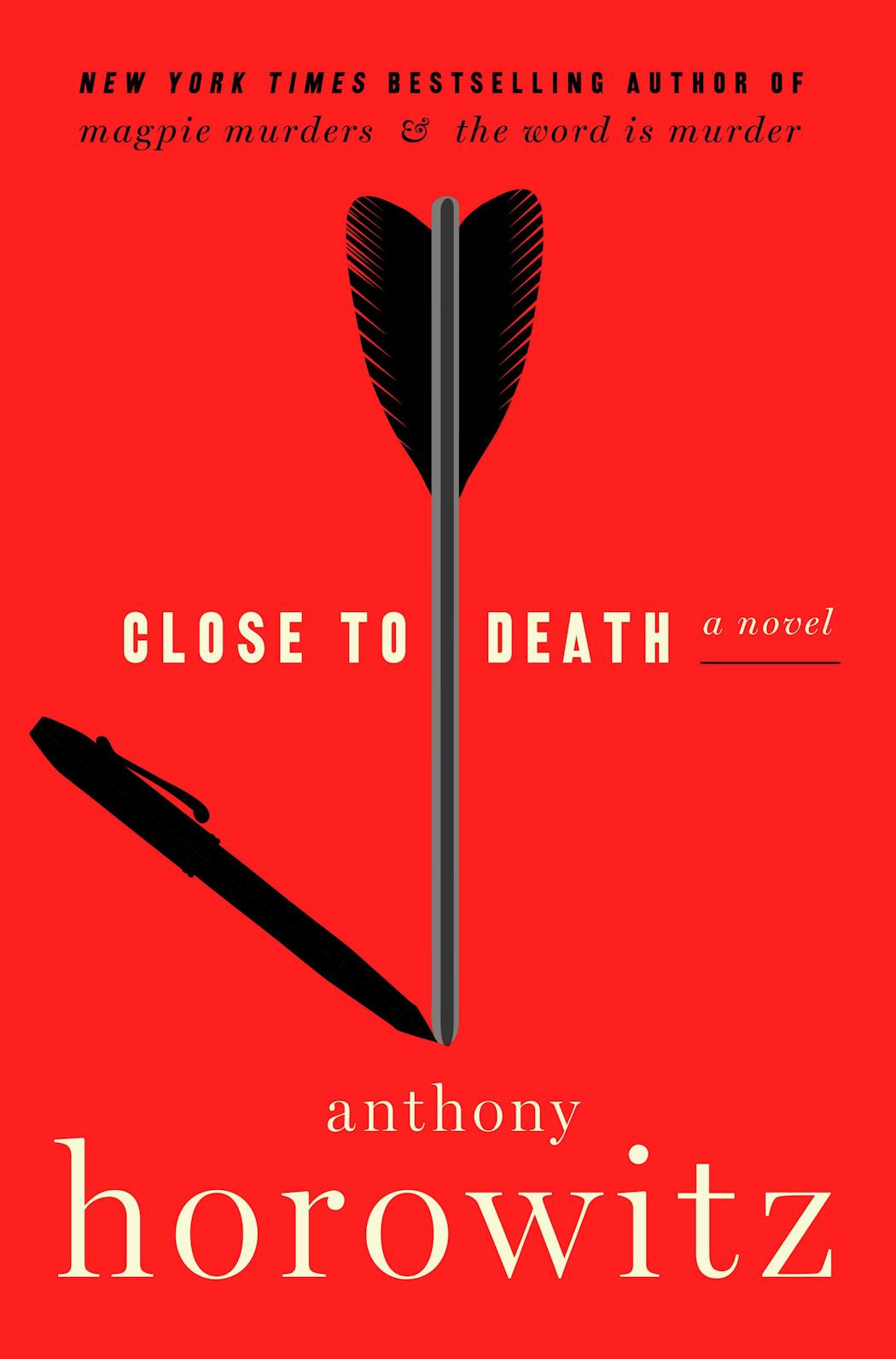From the minute he enters "Close to Death," Giles Kenworthy is practically begging to be murdered.
Anthony Horowitz isn't in his blockbuster "Magpie Murders" universe with "Close," which is, instead, one of his meta-mysteries in which he is a key character. Horowitz is writing a book — the book we are reading — and sharing the difficulties that entails.
Most of them emanate from Detective Daniel Hawthorne, who would prefer that Horowitz not write about a cold case he worked on several years earlier. On top of the usual belittling that detective story fans expect when Sherlock Holmes or Hercule Poirot derides Dr. Watson or Captain Hastings for not comprehending obvious clues, Hawthorne actively tries to thwart Horowitz's attempts to investigate.
The murder is one of those classic, everyone-has-a-motive deals. In a gated community near London, trouble arises in a snug cluster of homes when smug finance bigwig Kenworthy moves in, disrupting the calm of the existing homeowners. Soon, he is dead and his neighbors have reason to applaud, ranging from disputes about a dog to a parking space battle that makes one neighbor, a doctor, miss a life-saving surgery.
There's an Agatha Christie feel to the cozy mystery, down to a pair of former nuns/suspects, who could easily have wandered in from a Poirot book. Horowitz has fun with those tropes and, in fact, one benefit of having him as a character in his own book is that Horowitz-the-writer gets to tease us with clues to the mystery that he put there while Horowitz-the-character remains baffled by them. Mystery writers, they're just as dumb as the rest of us.
"The trouble with you, Tony, is that you're great with long words, but you never think them through. The semantics! It's the small things that matter. That's how criminals give themselves away."
That's Hawthorne, upbraiding Horowitz for saying a vital clue is just "semantics." Not incidentally, Horowitz hates being called "Tony" and repeatedly tells Hawthorne to knock it off.
The meta- quality of "Close" comes to the foreground halfway through its 400 pages when Horowitz learns who killed Kenworthy and spills the beans to us, too. Unmasking the killer when readers have 200 pages to go is a bold move but Horowitz still has plenty to dazzle us with, including character switcheroos so brazen that they're almost like Tom Cruise ripping off the mask of someone else's face in the "Mission: Impossible" movies.
Like Christie, Horowitz is stronger on plot than characterization (the nuns aren't the only people who'll seem both familiar and vaguely-defined) but that turns out to be enough in "Close to Death." If "witty," "page-turning" and "clever" sound like something you'd like to see in a mystery, it might be the one for you.
Close to Death
By: Anthony Horowitz.
Publisher: Harper, 419 pages, $30.
Singing, ceremonies and straw hats: Olympics opening ceremony in Tahiti centers Polynesian culture

Three 101-year-old friends recall fond memories in 1940s Alexandria
Celine Dion makes musical comeback at Paris Olympics with Eiffel Tower serenade




